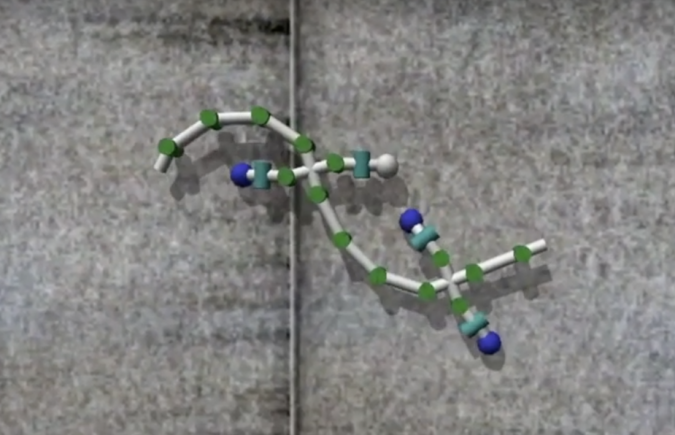Researchers at Tohoku University and the Swiss Federal Institute of Technology in Lausanne have decoded the flexible motor control mechanisms underlying salamander walking.
Animals with four feet can navigate complex, unpredictable, and unstructured environments. The impressive ability is thanks to their body-limb coordination.
The salamander is an excellent specimen for studying body-limb coordination mechanisms. It is an amphibian that uses four legs and walks by swaying itself from left to right in a motion known as undulation.

Their nervous system is simpler than those of mammals, and they change their walking pattern according to the speed at which they are moving.
To decode the salamander’s movement, researchers led by Professor Akio Ishiguro of the Research Institute of Electrical Communication at Tohoku University modeled the salamander’s nervous system mathematically and physically simulated the model.
In making the model, the researchers hypothesized that the legs and the body are controlled to support other motions by sharing sensory information. They then reproduced the speed-dependent gait transitions of salamanders through computer simulations.
“We hope this finding provides insights into the essential mechanism behind the adaptive and versatile locomotion of animals,” said Ishiguro.
The researchers are confident their discovery will aid the development of robots that can move with high agility and adaptability by flexibly changing body-limb coordination patterns.
This research was published in journal Frontiers in Neurorobotics on July 30, 2021 and supported by Human Frontier Science Program.









